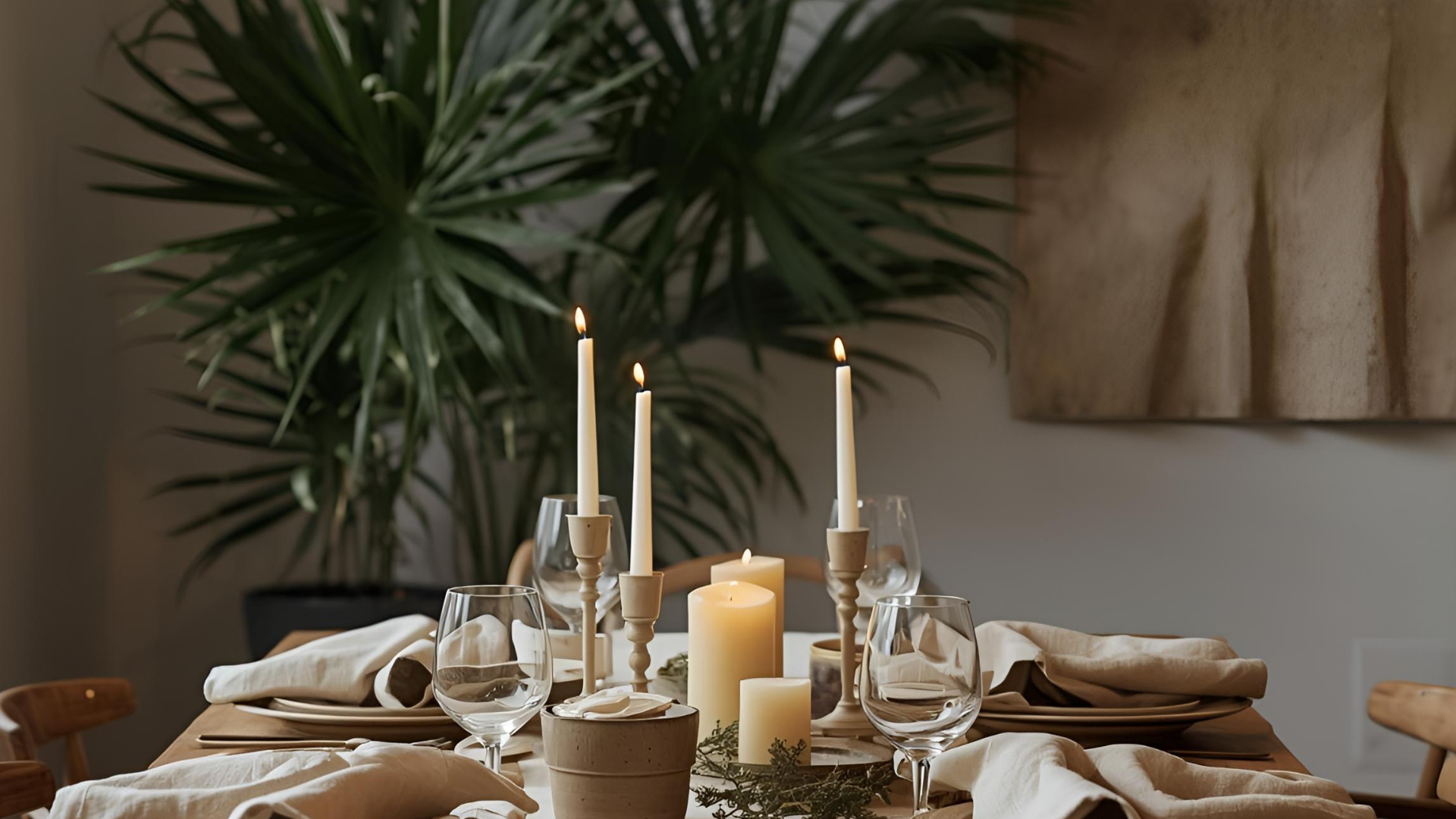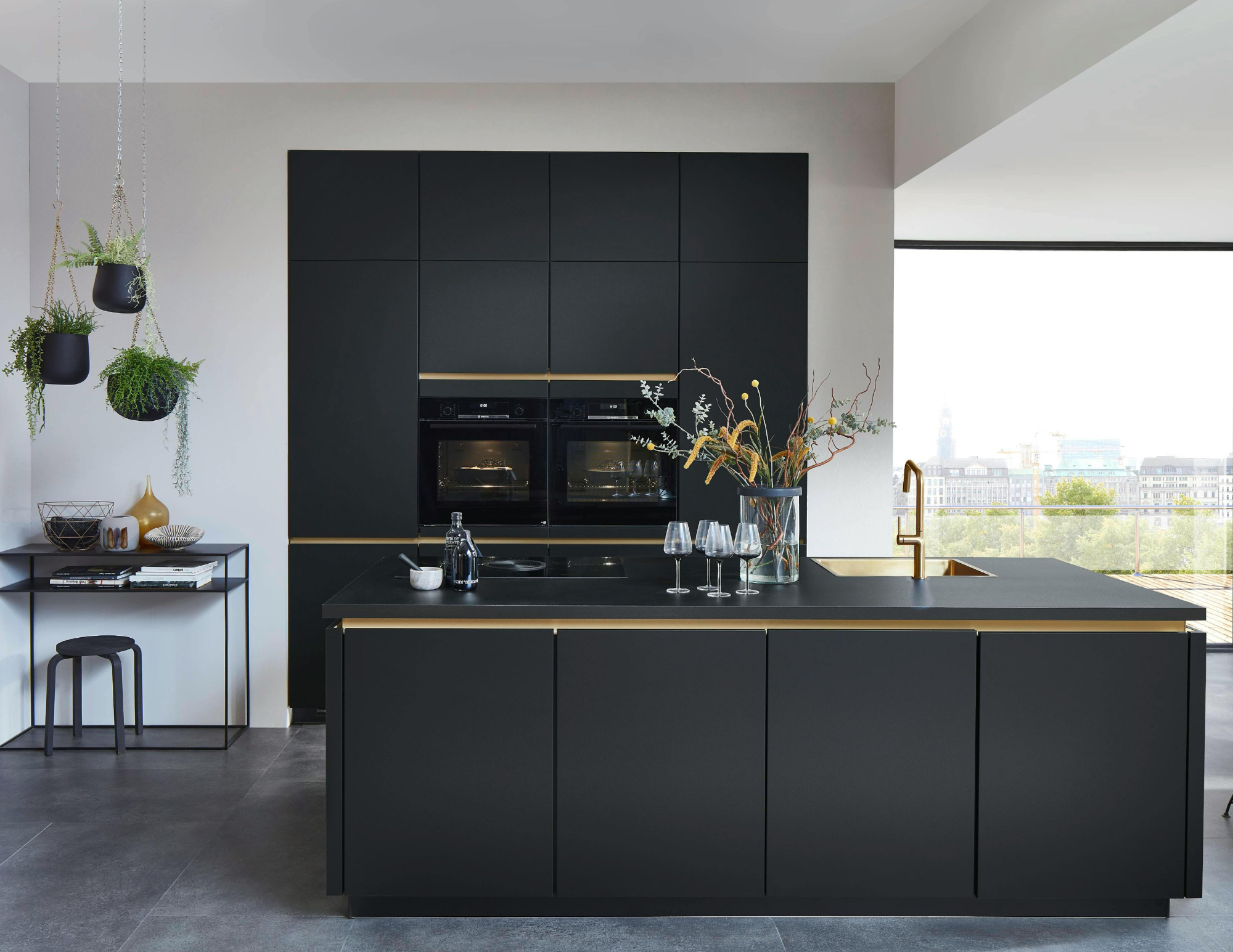Holiday Ready, the Sustainable Way: How to Refresh Your Home Without the Excess
Refresh your home for the holidays sustainably. Learn how to clean, declutter, warm up your space, and decorate with intention—without the excess.
Waste Less, Celebrate More: A Sustainable Approach to Thanksgiving Hosting
Thanksgiving is a time for gratitude, connection, and abundance—but it’s also one of the most wasteful holidays of the year. Learn how to host a beautiful, sustainable Thanksgiving that honors your guests and the planet with simple design and lifestyle swaps from Go Green Fine Interiors.
Warmth That Lasts: Designing a Cozy, Energy-Efficient Home for the Cooler Months
Discover how to create a cozy, energy-efficient home this season—without sacrificing style or sustainability. From smart insulation to layered textiles and lighting, learn how to keep your home warm, comfortable, and beautiful all at once.
How to Create a Home You’ll Love for Years (Not Just a Season)
Create a home you’ll love for years—not just a season. Learn how to build a sustainable, non-toxic, timeless interior with thoughtful design, durable materials, and wellness-forward upgrades.
Fall in Love with Vintage: Why October Is Perfect To Embrace Secondhand Finds
This October, embrace the cozy season with vintage and secondhand finds that bring warmth, sustainability, and timeless beauty to your home. Discover why fall is the perfect time to shop—and how to style your unique treasures.
The Secret to a Sustainable Fall Home
Cozy up your space the sustainable way this season. Discover eco-conscious fall decorating ideas, sustainable refresh tips, and how our Seasonal Styling Package can create warmth without the clutter.
Why Your Open Floor Plan Isn’t Working (And What to Do About It)
Struggling with your open floor plan? Undefined zones, echoing noise, poor lighting, and mismatched styles can throw your home off balance. Discover design strategies to fix the flow, create harmony, and make your open plan beautiful and functional.
What’s Making Your Home Feel Unhealthy (and How to Fix It)
Does your home feel stuffy, heavy, or just “off”? From VOCs in materials to poor airflow and synthetic fabrics, your environment may be affecting your health more than you think. Learn what’s making your home feel unhealthy—and simple, sustainable fixes that bring balance back.
Your Room Doesn’t Match — and That’s Not a Bad Thing
Your space doesn’t have to match to feel intentional. Discover how eclectic interiors, texture, repetition, and one grounding piece can create harmony—without sacrificing personality.
Your Space Feels Hot and Sticky? Design May Be the Problem
Feeling hot and uncomfortable inside—even with the AC running? Your interior design choices could be trapping heat. Discover simple, renter- and homeowner-friendly tips to cool your space with breathable decor, smart material swaps, and clutter-free design.
Why Your Home Feels "Off"— and How to Fix It Fast
Ever walk into your home and feel like something’s just not right? Discover common design mistakes—like layout, lighting, and color clashes—and how to fix them fast for a more harmonious space.
A Summer Refresh: Make Your Home Guest Ready
Get your home guest-ready before summer company arrives with 5 thoughtful DIY refresh ideas. From renter-friendly updates to sustainable style tips, these quick transformations bring both beauty and function.
How to Create the Perfect Ambiance in Your House Utilizing Sustainable Lighting
At Go Green Fine Interiors, we believe in pairing beauty with responsibility. In this blog, we’ll walk you through how to harness the magic of sustainable lighting, maintain a clean, organized home, and select materials that are as durable as they are stunning.
The 12-Step Process Behind Choosing the Right Furniture
Discover the 12-step process expert interior designers use to choose the perfect furniture. Learn how to select pieces that are not only beautiful and comfortable but also durable, sustainable, and tailored to your lifestyle. Plus, explore tips for maintaining a clean, organized home through thoughtful furniture choices
Summer-Ready Spaces: From Overwhelmed to Organized
Is your home summer-ready? Discover expert tips from Go Green Fine Interiors on how to go from overwhelmed to organized, featuring smart storage solutions, eco-friendly materials, and durable design choices that bring lasting beauty and comfort to your space!
Splurge vs. Save: Smart Home Renovation Investments
Planning a home renovation? Learn where to invest for long-term value and where to cut costs without sacrificing style or sustainability. Smart budgeting tips, eco-friendly solutions, and expert advice await!
Spring Refresh: The Ultimate Guide to an Organized, Stylish, and Serene Home
Spring is the perfect time to refresh your home, not just with a deep clean, but with a strategic, stylish transformation that keeps your space organized, functional, and beautiful all year long. From decluttering with smart storage solutions to maintaining luxury materials with non-toxic cleaners, small changes can have a big impact. Swap heavy fabrics for light, breathable textures, incorporate natural elements like fresh flowers and greenery, and follow a seasonal maintenance checklist to keep your home in top shape. Ready for a hassle-free refresh?
Our Spring Refresh Packages take the guesswork out of home styling and organization—so you can enjoy a serene, magazine-worthy space with ease!
KBIS 2025: Kitchen & Bath Trends & Innovations
Your home is more than just a space—it’s a reflection of your life, values, and future aspirations. But as life evolves, so do your needs. From growing families to career shifts, aging in place, or transitioning to remote work, a thoughtfully designed home should adapt seamlessly.
At Go Green Fine Interiors, we believe in designing for longevity with sustainable, flexible, and functional solutions. Let’s explore how you can create a future-proof home that evolves with you.
The Top 10 Eco-Friendly Materials for Your Home
Designing a home with sustainability in mind is not just a trend—it’s a necessity. As more homeowners seek to reduce their environmental impact, choosing eco-friendly materials has become a key priority. Whether you're remodeling, decorating, or building from scratch, selecting sustainable materials can create a home that is both stylish and responsible.
We’ll explore the top 10 eco-friendly materials for your home, their benefits, and how they contribute to a cleaner, healthier space.
Creating a Home that Grows With You: Designing for Future Lifestyle Changes
Your home is more than just a space—it’s a reflection of your life, values, and future aspirations. But as life evolves, so do your needs. From growing families to career shifts, aging in place, or transitioning to remote work, a thoughtfully designed home should adapt seamlessly.
At Go Green Fine Interiors, we believe in designing for longevity with sustainable, flexible, and functional solutions. Let’s explore how you can create a future-proof home that evolves with you.




















